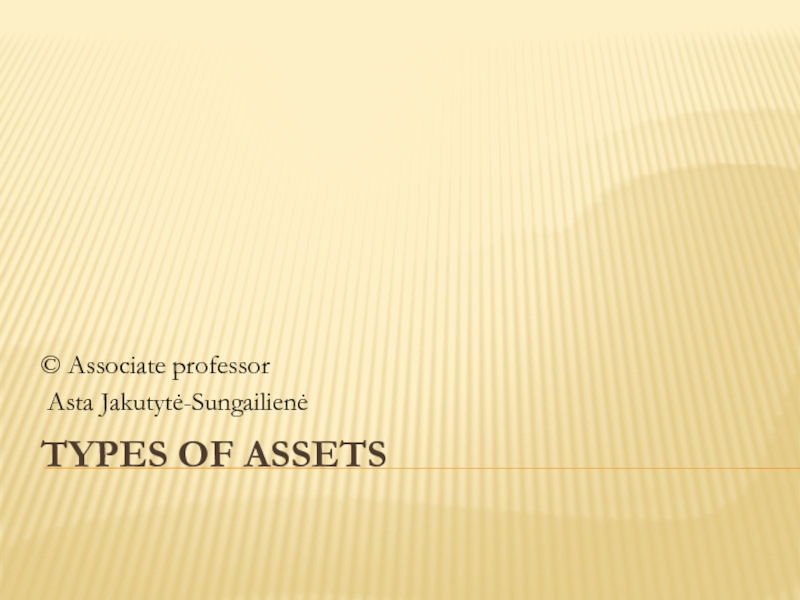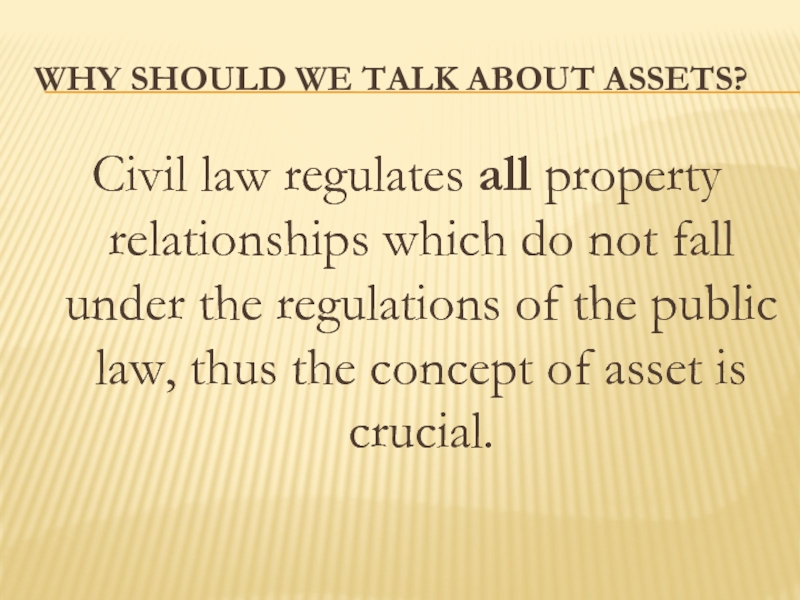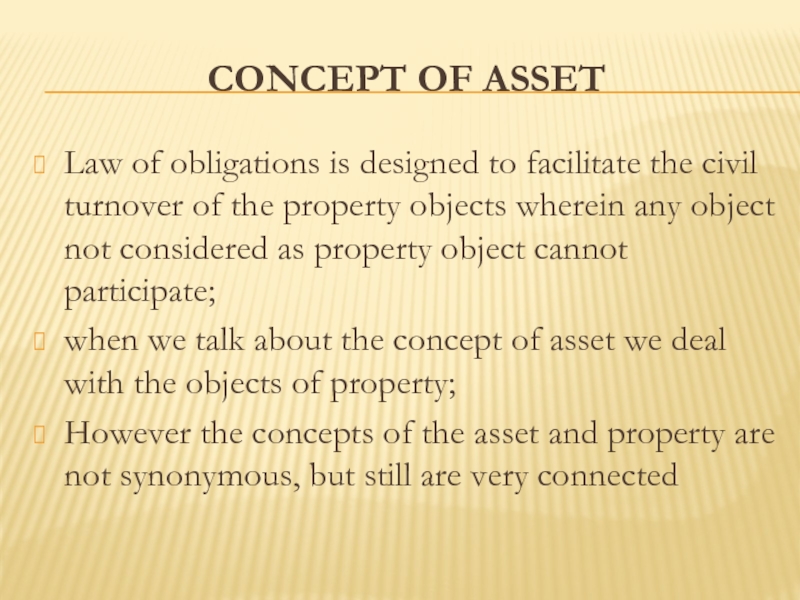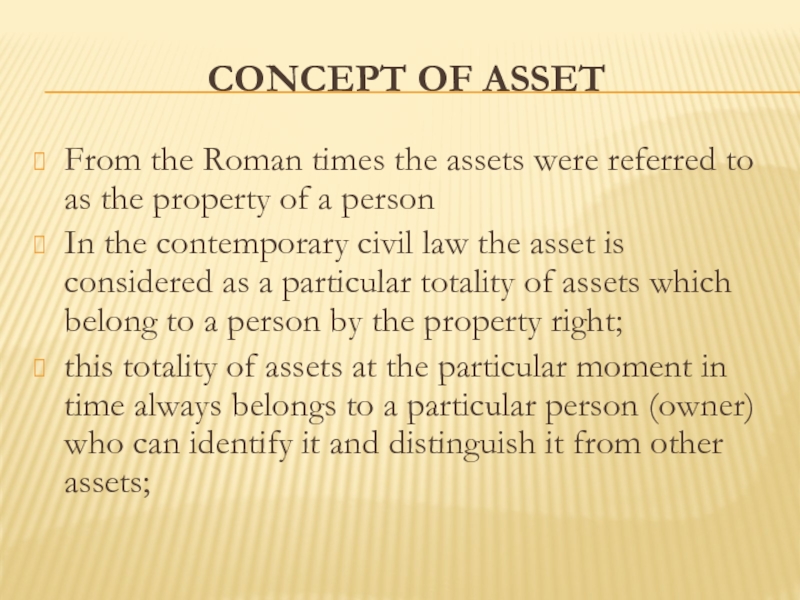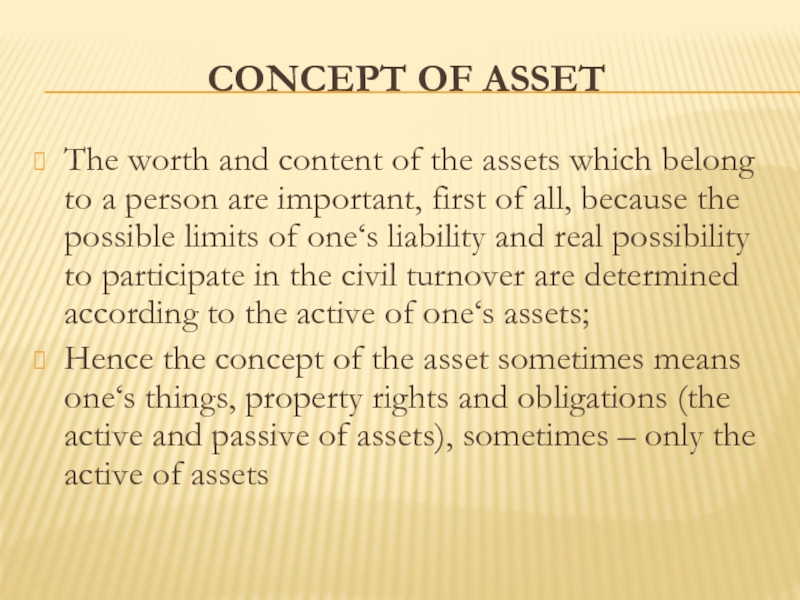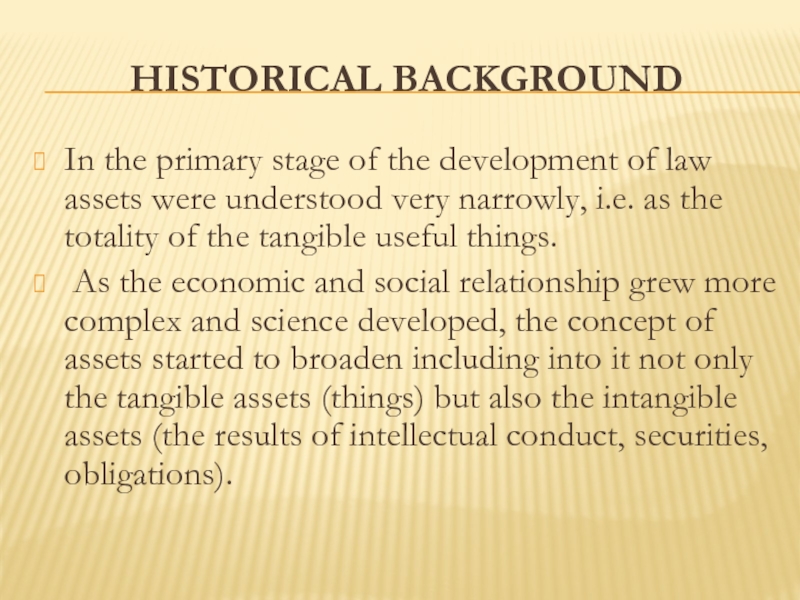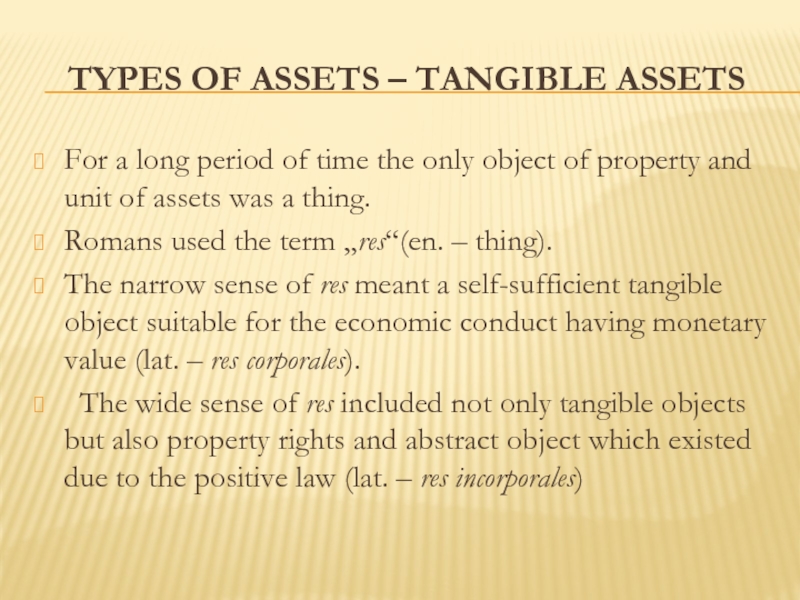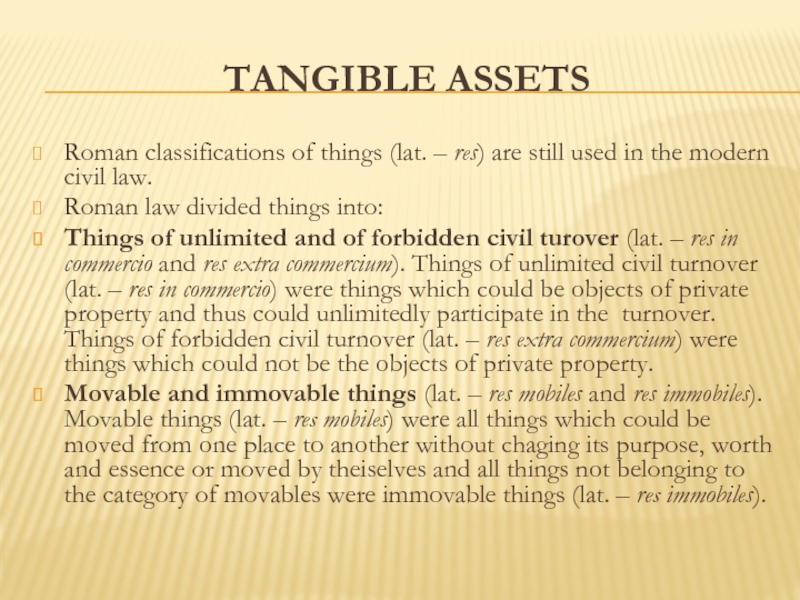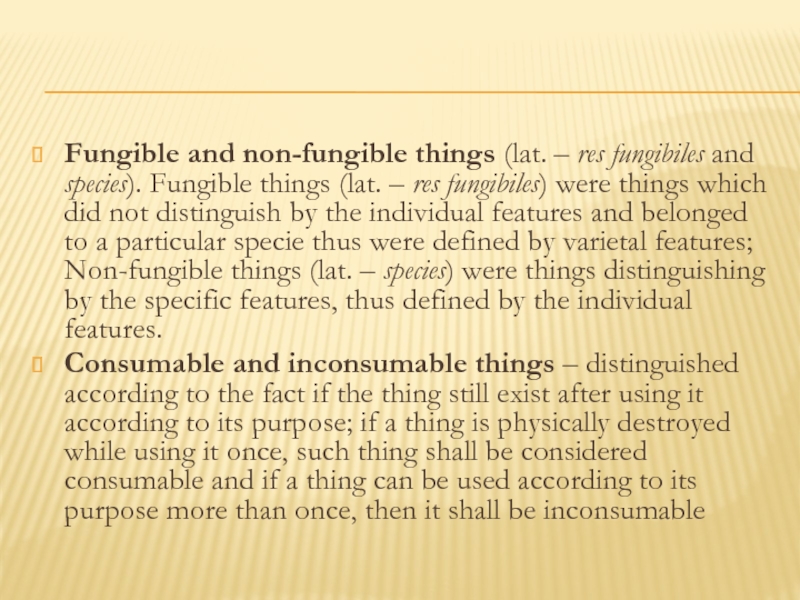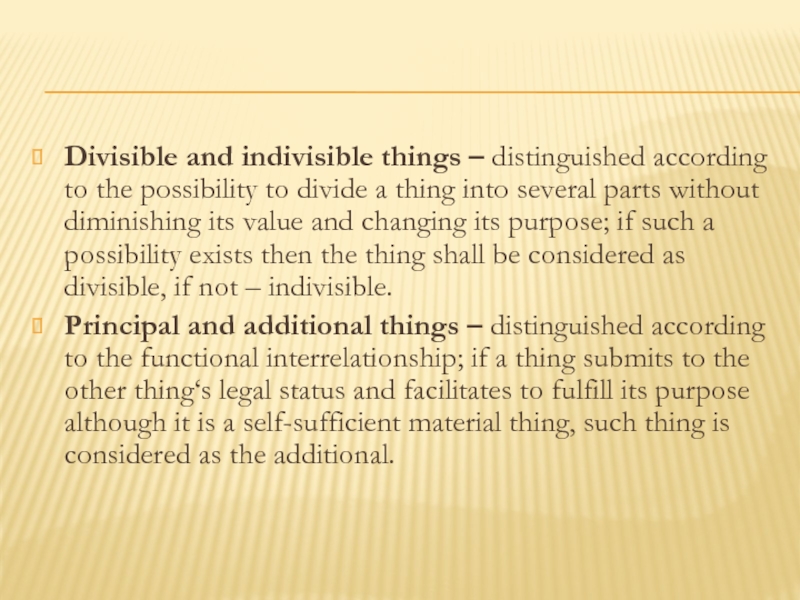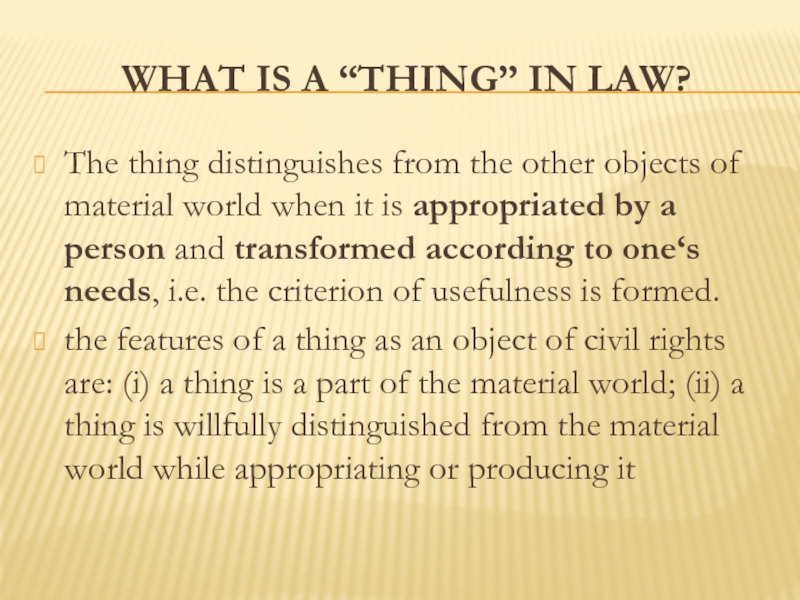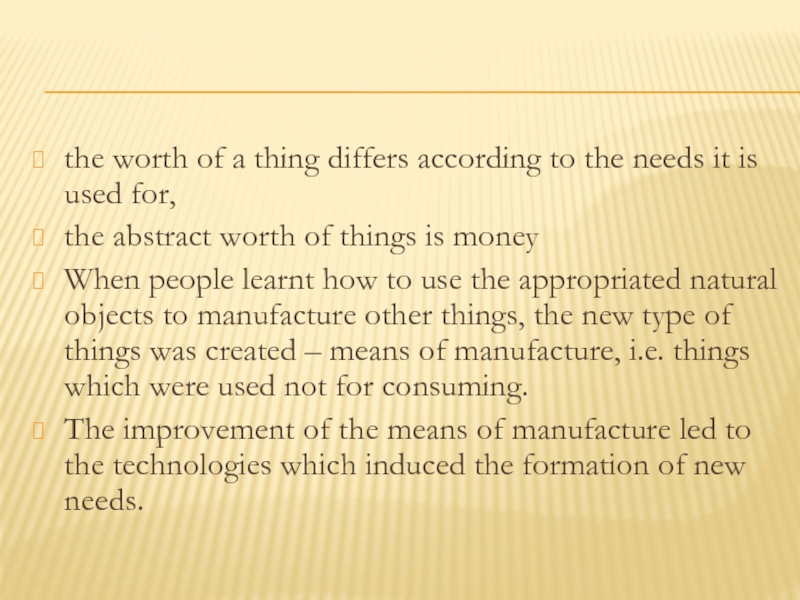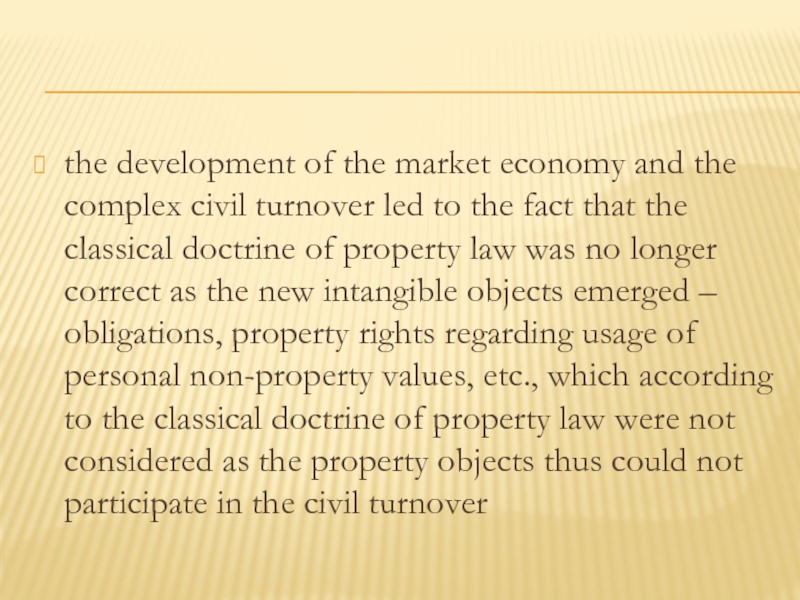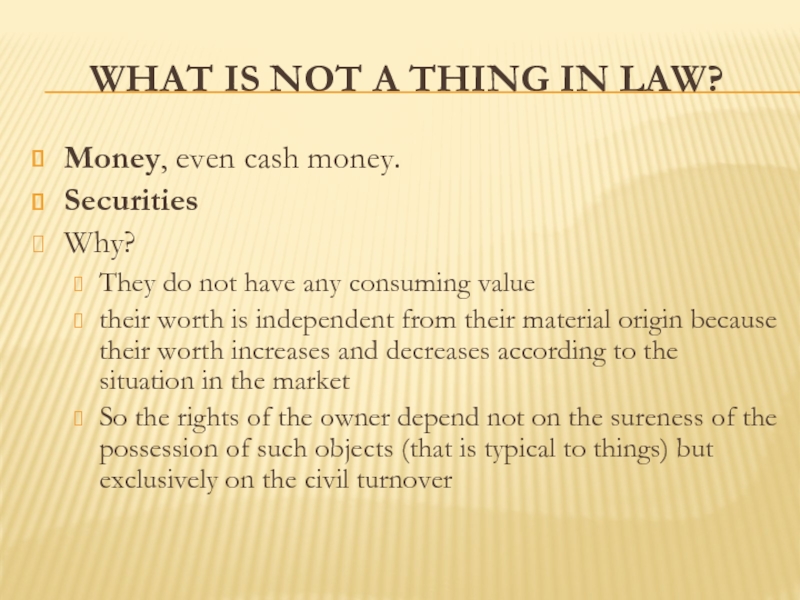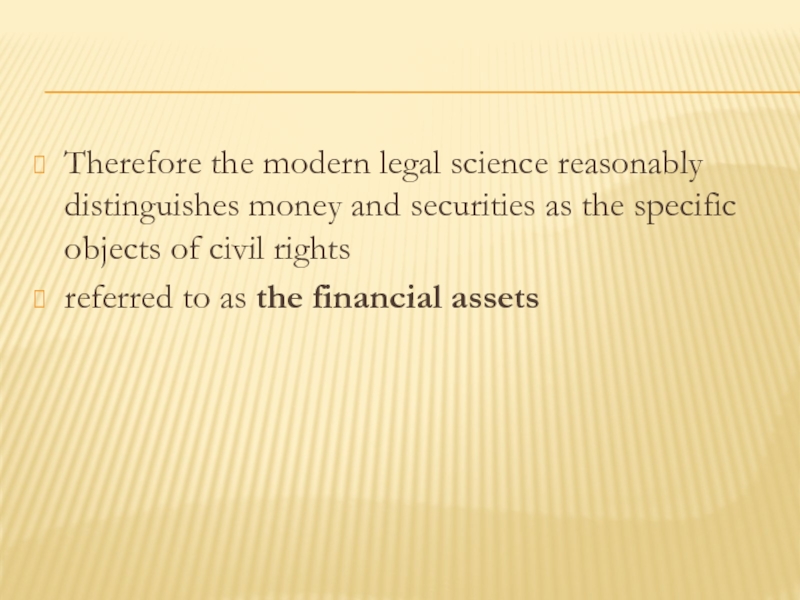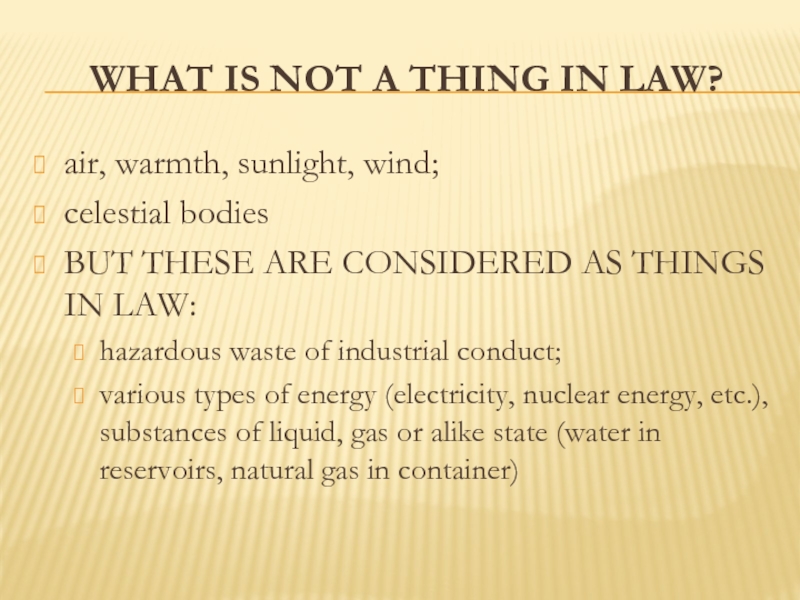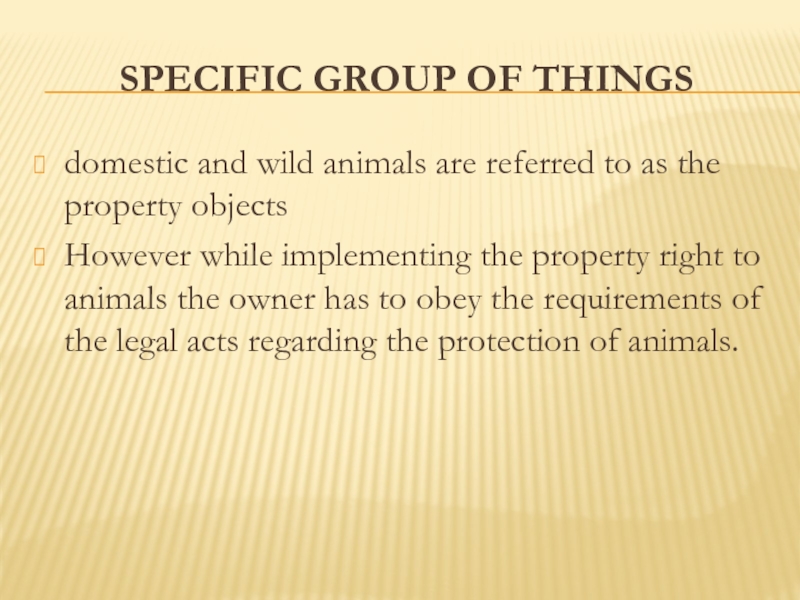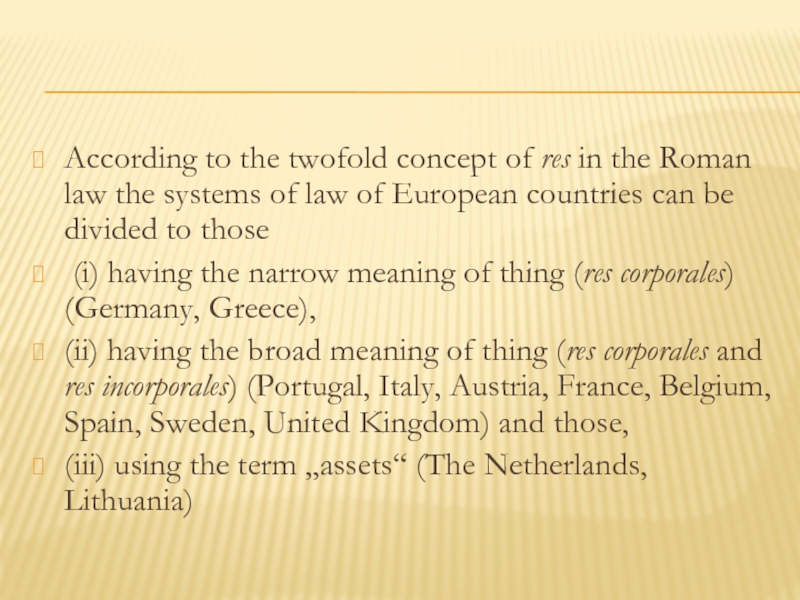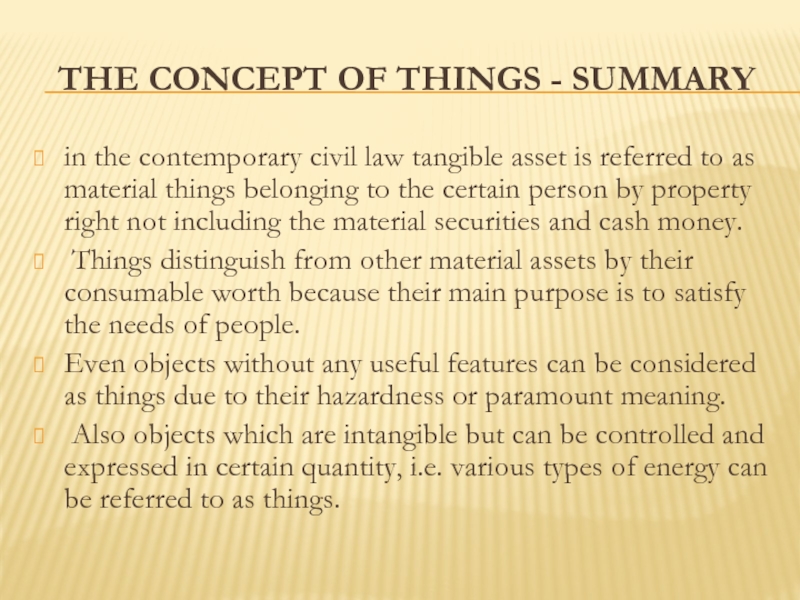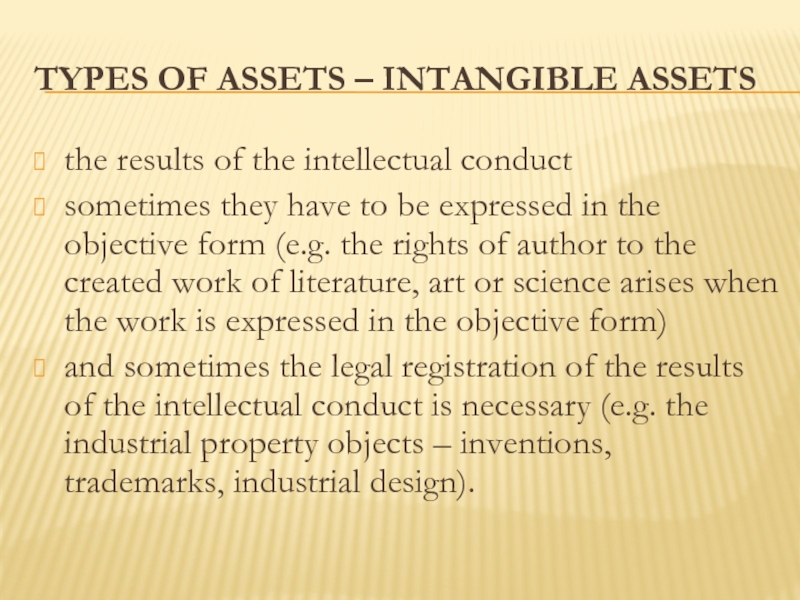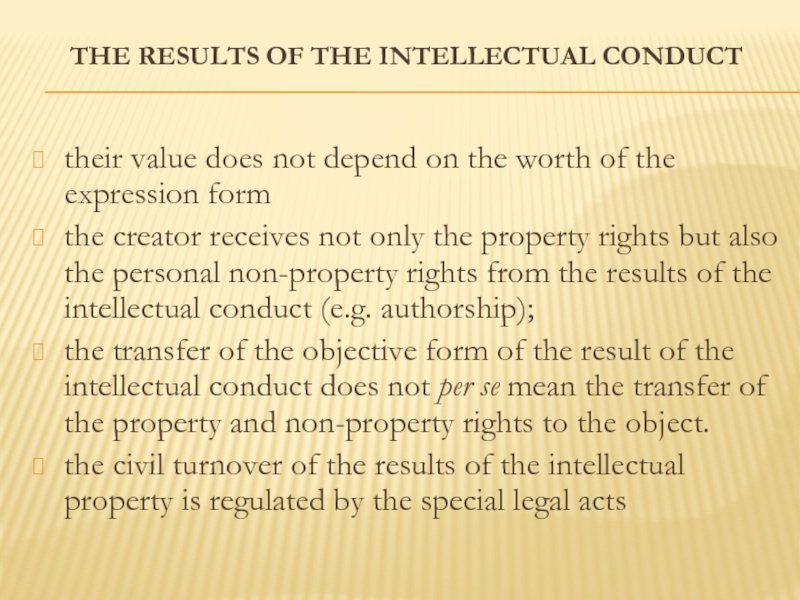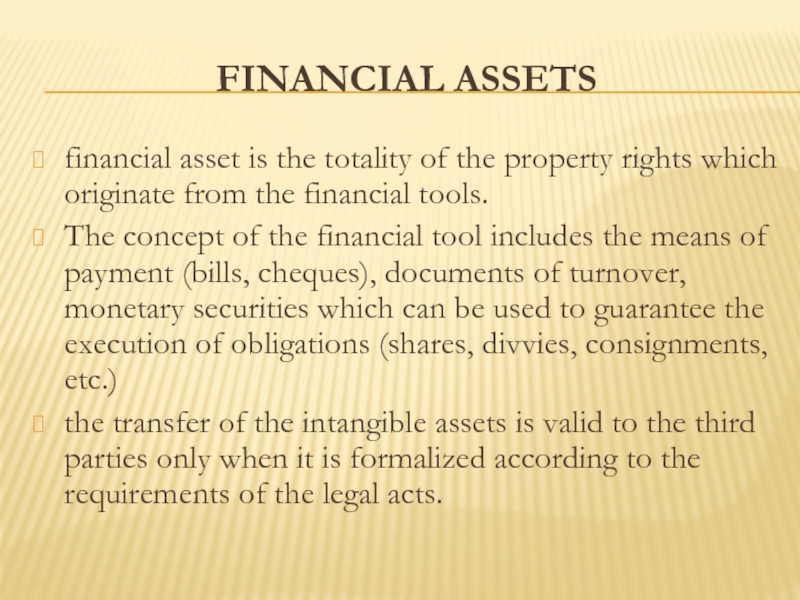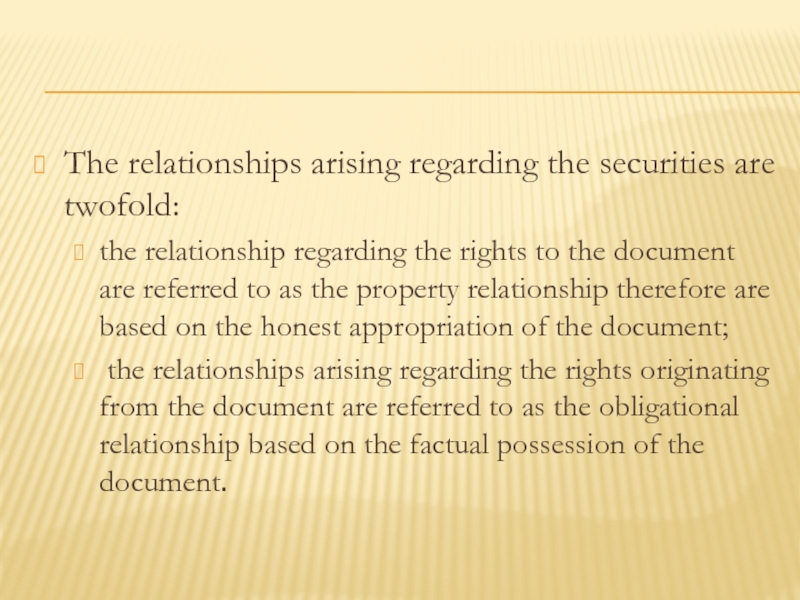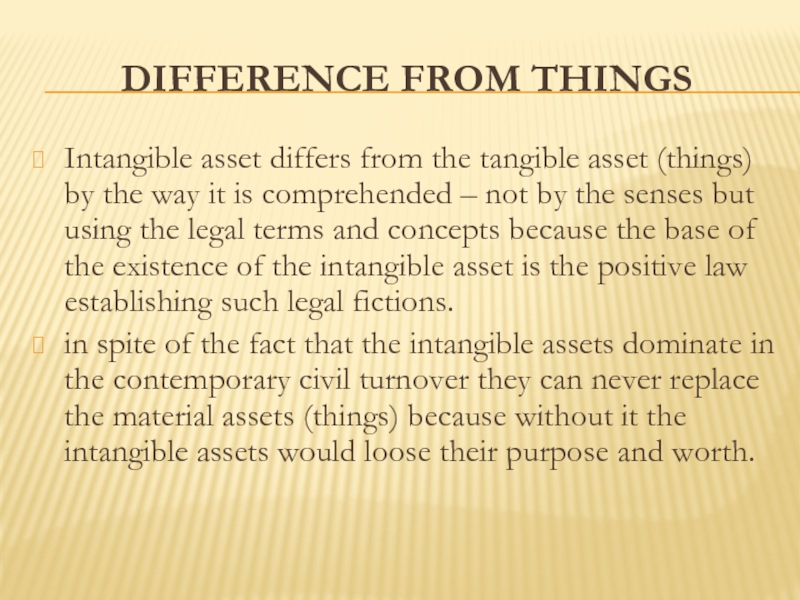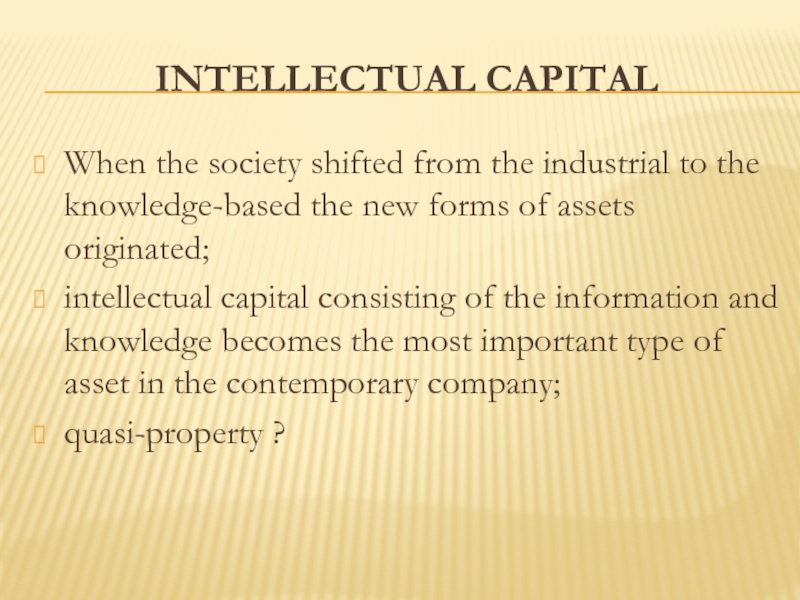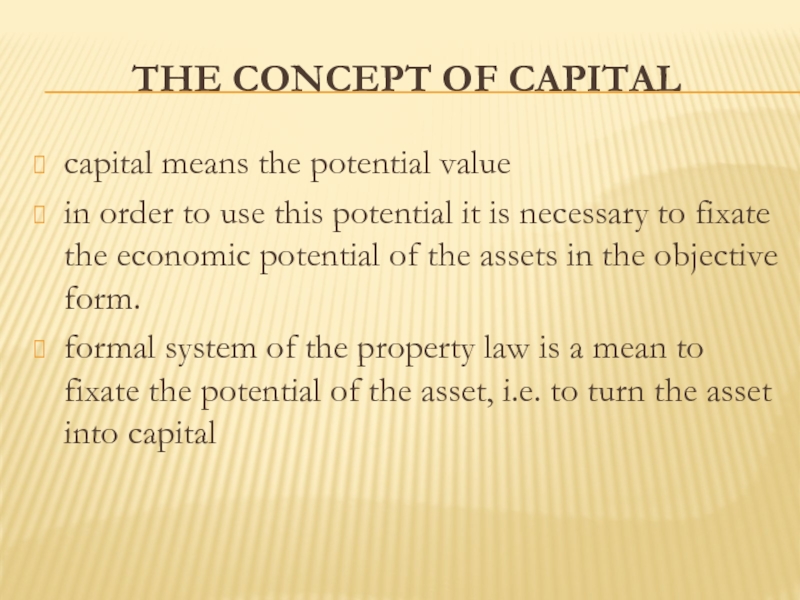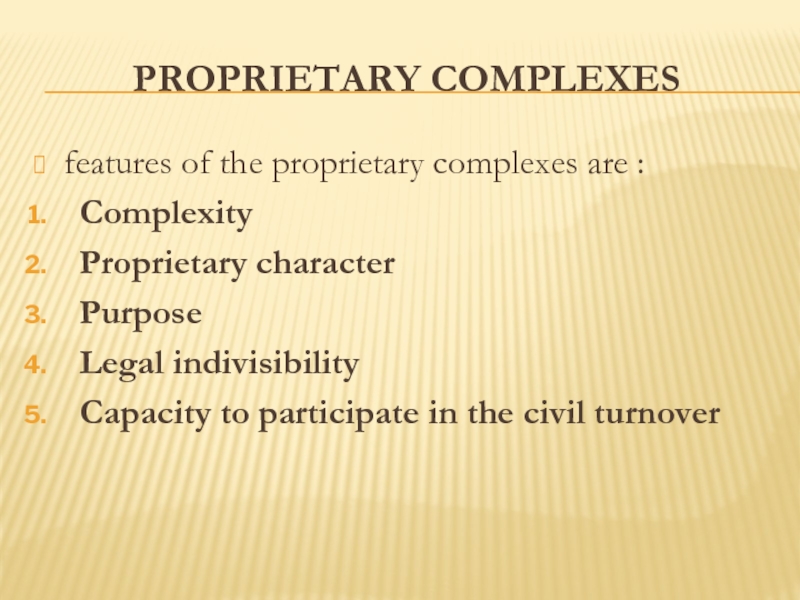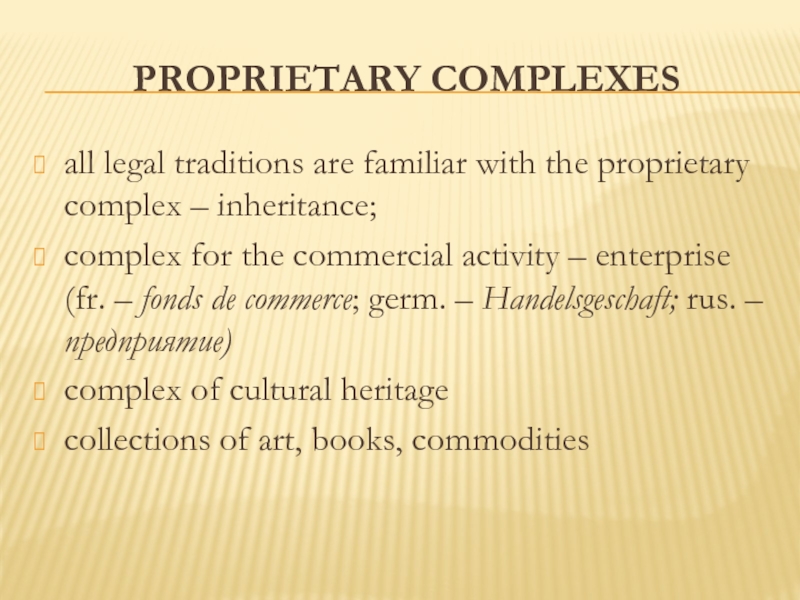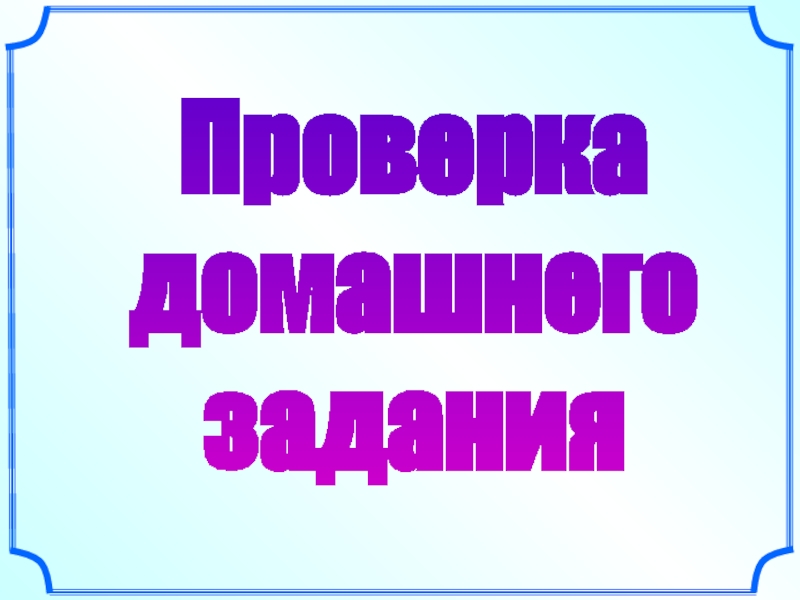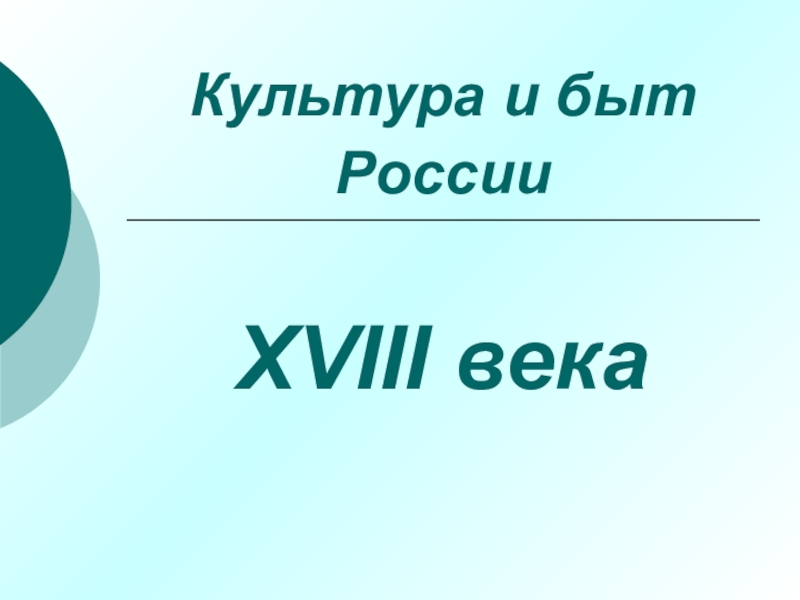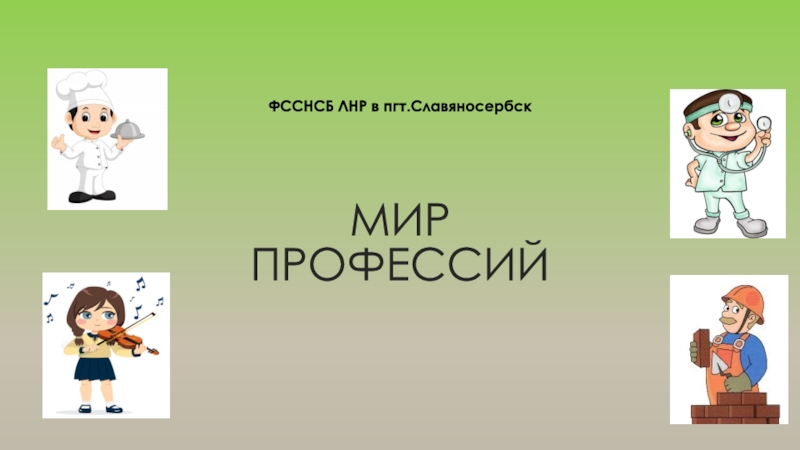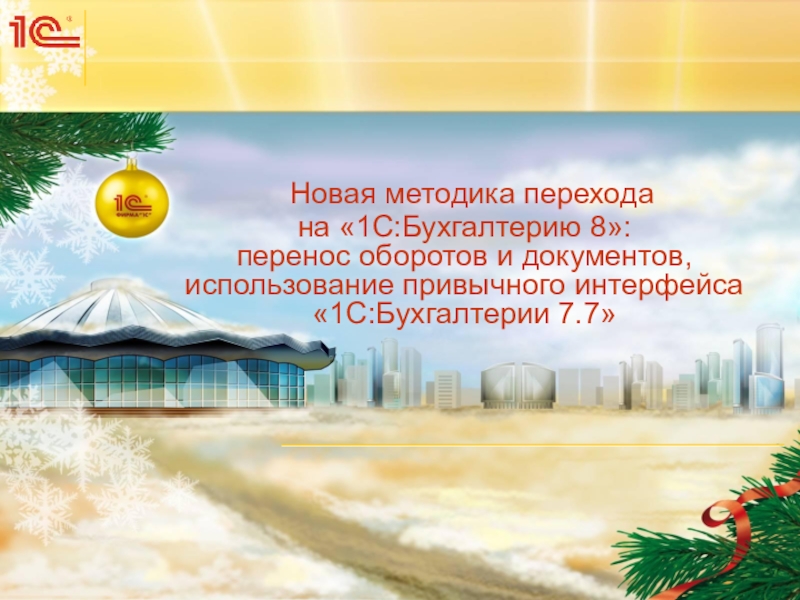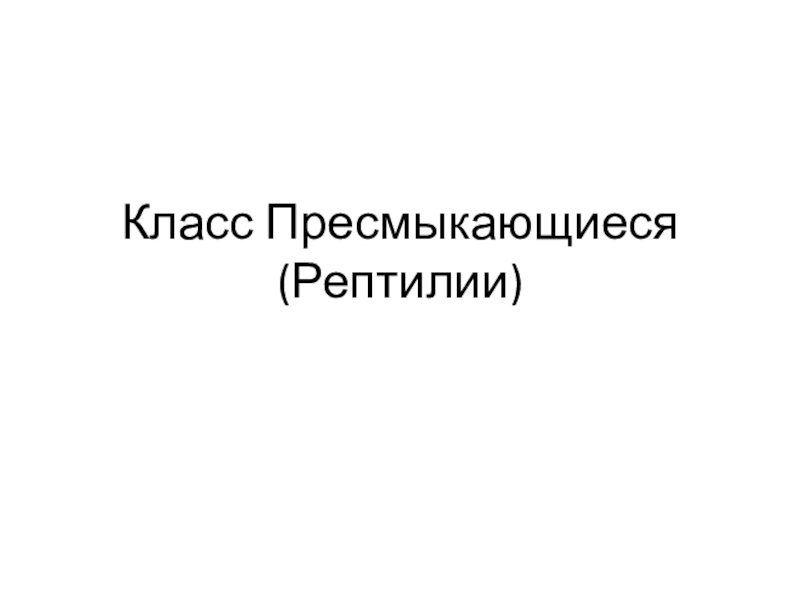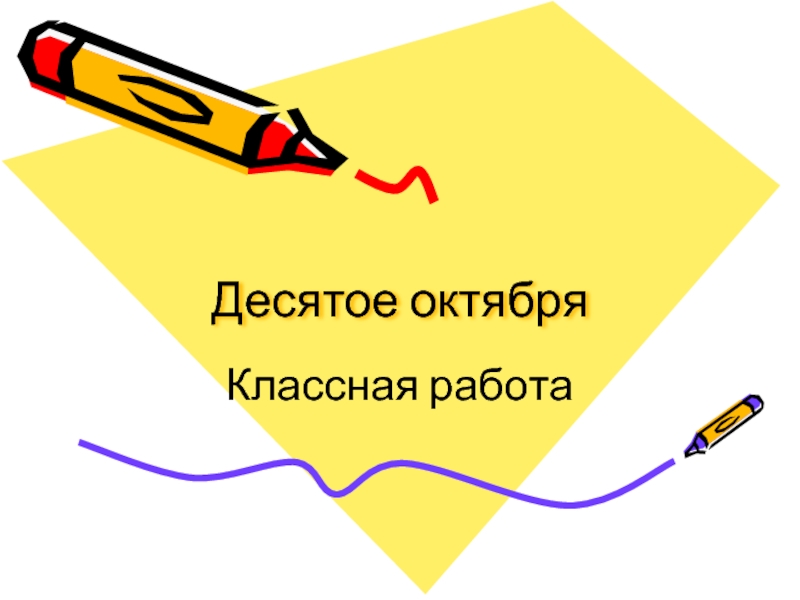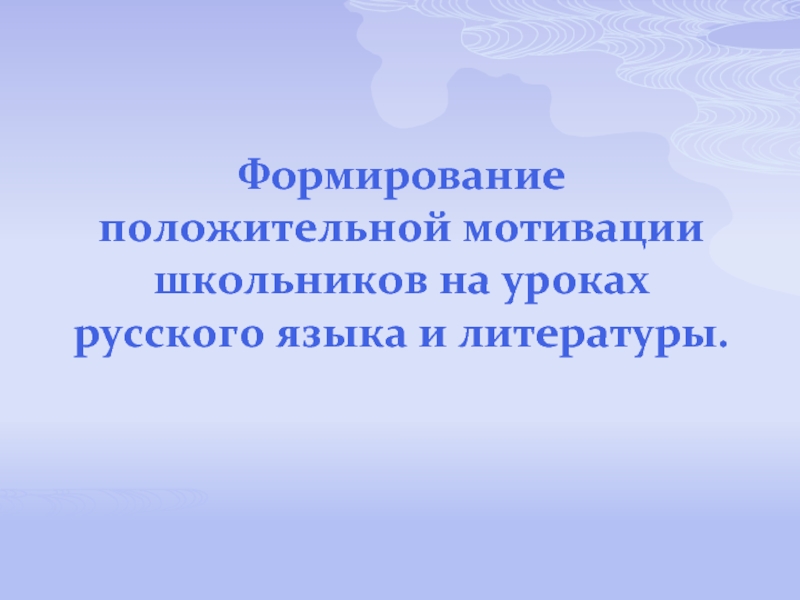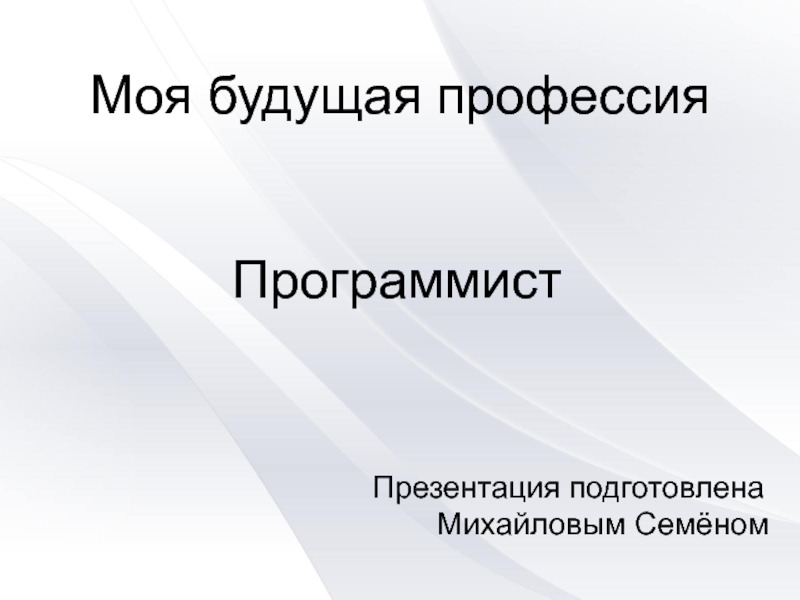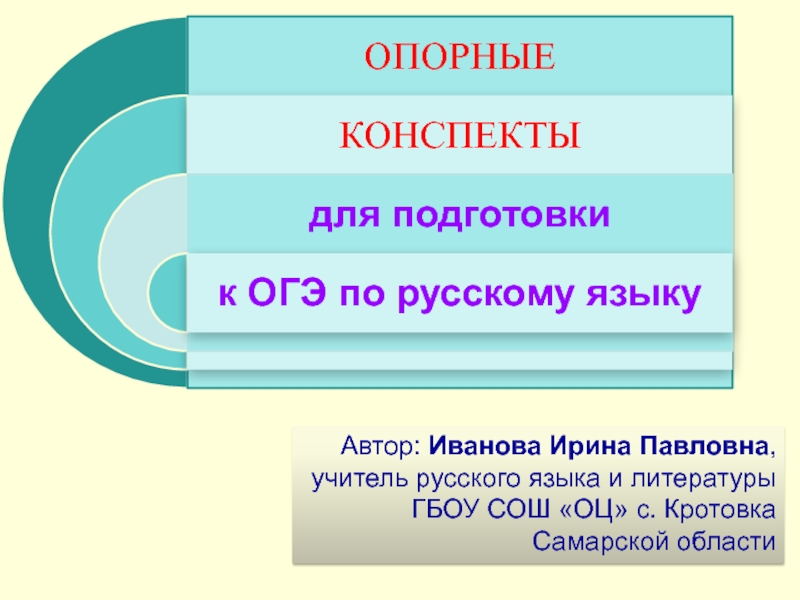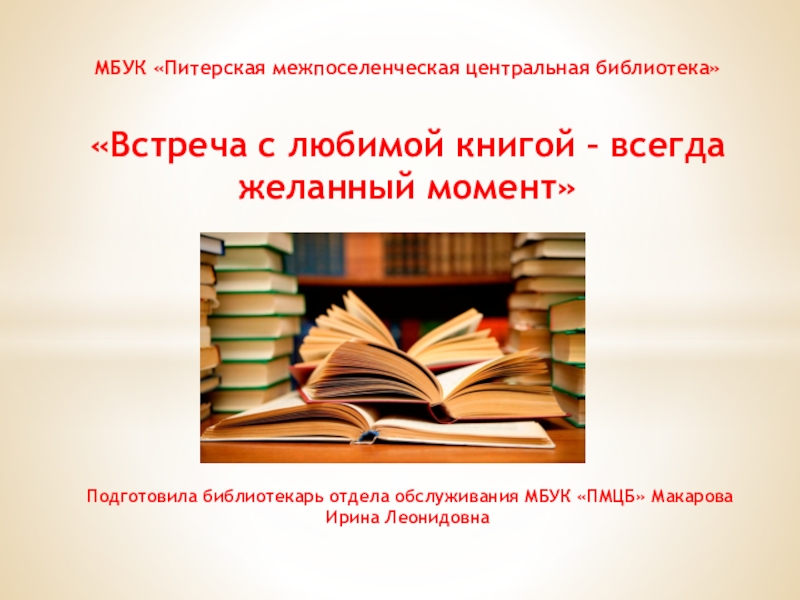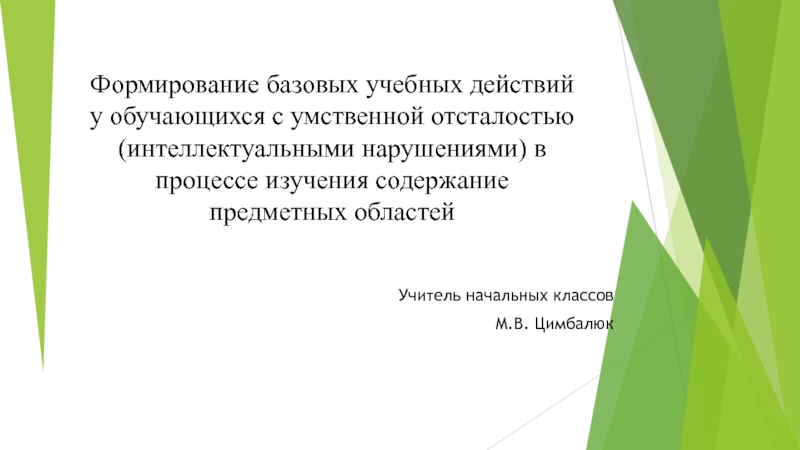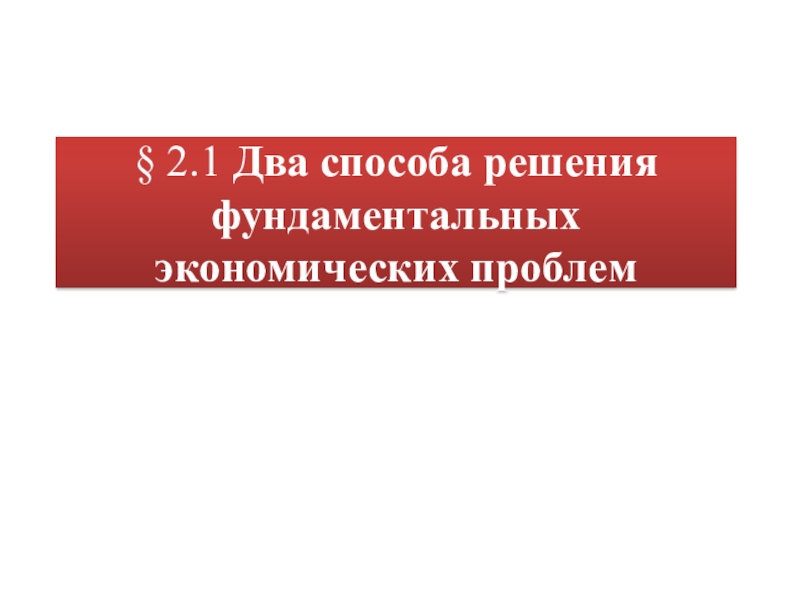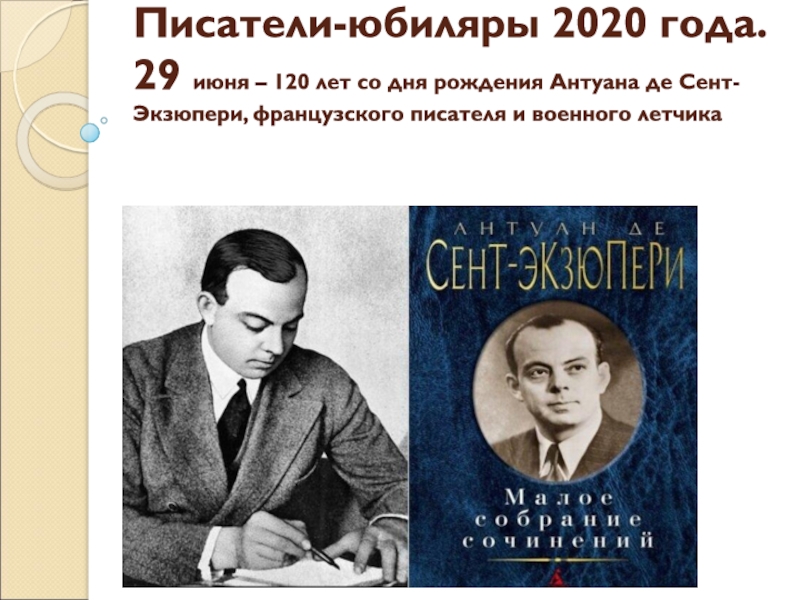Разделы презентаций
- Разное
- Английский язык
- Астрономия
- Алгебра
- Биология
- География
- Геометрия
- Детские презентации
- Информатика
- История
- Литература
- Математика
- Медицина
- Менеджмент
- Музыка
- МХК
- Немецкий язык
- ОБЖ
- Обществознание
- Окружающий мир
- Педагогика
- Русский язык
- Технология
- Физика
- Философия
- Химия
- Шаблоны, картинки для презентаций
- Экология
- Экономика
- Юриспруденция
Types of A ssets
Содержание
- 1. Types of A ssets
- 2. Why should we talk about assets?Civil law
- 3. Concept of assetLaw of obligations is designed
- 4. Concept of assetFrom the Roman times the
- 5. Concept of assetThe worth and content of
- 6. Historical backgroundIn the primary stage of the
- 7. Types of assets – tangible assetsFor a
- 8. Tangible assetsRoman classifications of things (lat. –
- 9. Fungible and non-fungible things (lat. – res
- 10. Divisible and indivisible things – distinguished according
- 11. What is a “thing” in law?The thing
- 12. the worth of a thing differs according
- 13. the development of the market economy and
- 14. What is not a thing in law?Money,
- 15. Therefore the modern legal science reasonably distinguishes
- 16. What is not a thing in law?air,
- 17. specific group of things domestic and wild
- 18. According to the twofold concept of res
- 19. The concept of things - summaryin the
- 20. Types of assets – intangible assetsthe results
- 21. the results of the intellectual conduct their
- 22. financial assets financial asset is the totality
- 23. The relationships arising regarding the securities are
- 24. Difference from thingsIntangible asset differs from the
- 25. intellectual capitalWhen the society shifted from the
- 26. The concept of capitalcapital means the potential
- 27. Proprietary Complexesfeatures of the proprietary complexes are
- 28. Proprietary Complexesall legal traditions are familiar with
- 29. Скачать презентанцию
Why should we talk about assets?Civil law regulates all property relationships which do not fall under the regulations of the public law, thus the concept of asset is crucial.
Слайды и текст этой презентации
Слайд 3Concept of asset
Law of obligations is designed to facilitate the
civil turnover of the property objects wherein any object not
considered as property object cannot participate;when we talk about the concept of asset we deal with the objects of property;
However the concepts of the asset and property are not synonymous, but still are very connected
Слайд 4Concept of asset
From the Roman times the assets were referred
to as the property of a person
In the contemporary civil
law the asset is considered as a particular totality of assets which belong to a person by the property right;this totality of assets at the particular moment in time always belongs to a particular person (owner) who can identify it and distinguish it from other assets;
Слайд 5Concept of asset
The worth and content of the assets which
belong to a person are important, first of all, because
the possible limits of one‘s liability and real possibility to participate in the civil turnover are determined according to the active of one‘s assets;Hence the concept of the asset sometimes means one‘s things, property rights and obligations (the active and passive of assets), sometimes – only the active of assets
Слайд 6Historical background
In the primary stage of the development of law
assets were understood very narrowly, i.e. as the totality of
the tangible useful things.As the economic and social relationship grew more complex and science developed, the concept of assets started to broaden including into it not only the tangible assets (things) but also the intangible assets (the results of intellectual conduct, securities, obligations).
Слайд 7Types of assets – tangible assets
For a long period of
time the only object of property and unit of assets
was a thing.Romans used the term „res“(en. – thing).
The narrow sense of res meant a self-sufficient tangible object suitable for the economic conduct having monetary value (lat. – res corporales).
The wide sense of res included not only tangible objects but also property rights and abstract object which existed due to the positive law (lat. – res incorporales)
Слайд 8Tangible assets
Roman classifications of things (lat. – res) are still
used in the modern civil law.
Roman law divided things into:
Things of unlimited and of forbidden civil turover (lat. – res in commercio and res extra commercium). Things of unlimited civil turnover (lat. – res in commercio) were things which could be objects of private property and thus could unlimitedly participate in the turnover. Things of forbidden civil turnover (lat. – res extra commercium) were things which could not be the objects of private property.
Movable and immovable things (lat. – res mobiles and res immobiles). Movable things (lat. – res mobiles) were all things which could be moved from one place to another without chaging its purpose, worth and essence or moved by theiselves and all things not belonging to the category of movables were immovable things (lat. – res immobiles).
Слайд 9Fungible and non-fungible things (lat. – res fungibiles and species).
Fungible things (lat. – res fungibiles) were things which did
not distinguish by the individual features and belonged to a particular specie thus were defined by varietal features; Non-fungible things (lat. – species) were things distinguishing by the specific features, thus defined by the individual features.Consumable and inconsumable things – distinguished according to the fact if the thing still exist after using it according to its purpose; if a thing is physically destroyed while using it once, such thing shall be considered consumable and if a thing can be used according to its purpose more than once, then it shall be inconsumable
Слайд 10Divisible and indivisible things – distinguished according to the possibility
to divide a thing into several parts without diminishing its
value and changing its purpose; if such a possibility exists then the thing shall be considered as divisible, if not – indivisible.Principal and additional things – distinguished according to the functional interrelationship; if a thing submits to the other thing‘s legal status and facilitates to fulfill its purpose although it is a self-sufficient material thing, such thing is considered as the additional.
Слайд 11What is a “thing” in law?
The thing distinguishes from the
other objects of material world when it is appropriated by
a person and transformed according to one‘s needs, i.e. the criterion of usefulness is formed.the features of a thing as an object of civil rights are: (i) a thing is a part of the material world; (ii) a thing is willfully distinguished from the material world while appropriating or producing it
Слайд 12the worth of a thing differs according to the needs
it is used for,
the abstract worth of things is money
When people learnt how to use the appropriated natural objects to manufacture other things, the new type of things was created – means of manufacture, i.e. things which were used not for consuming.
The improvement of the means of manufacture led to the technologies which induced the formation of new needs.
Слайд 13the development of the market economy and the complex civil
turnover led to the fact that the classical doctrine of
property law was no longer correct as the new intangible objects emerged – obligations, property rights regarding usage of personal non-property values, etc., which according to the classical doctrine of property law were not considered as the property objects thus could not participate in the civil turnoverСлайд 14What is not a thing in law?
Money, even cash money.
Securities
Why?
They
do not have any consuming value
their worth is independent from
their material origin because their worth increases and decreases according to the situation in the marketSo the rights of the owner depend not on the sureness of the possession of such objects (that is typical to things) but exclusively on the civil turnover
Слайд 15Therefore the modern legal science reasonably distinguishes money and securities
as the specific objects of civil rights
referred to as the
financial assetsСлайд 16What is not a thing in law?
air, warmth, sunlight, wind;
celestial
bodies
BUT THESE ARE CONSIDERED AS THINGS IN LAW:
hazardous waste of
industrial conduct; various types of energy (electricity, nuclear energy, etc.), substances of liquid, gas or alike state (water in reservoirs, natural gas in container)
Слайд 17specific group of things
domestic and wild animals are referred
to as the property objects
However while implementing the property
right to animals the owner has to obey the requirements of the legal acts regarding the protection of animals.Слайд 18According to the twofold concept of res in the Roman
law the systems of law of European countries can be
divided to those(i) having the narrow meaning of thing (res corporales) (Germany, Greece),
(ii) having the broad meaning of thing (res corporales and res incorporales) (Portugal, Italy, Austria, France, Belgium, Spain, Sweden, United Kingdom) and those,
(iii) using the term „assets“ (The Netherlands, Lithuania)
Слайд 19The concept of things - summary
in the contemporary civil law
tangible asset is referred to as material things belonging to
the certain person by property right not including the material securities and cash money.Things distinguish from other material assets by their consumable worth because their main purpose is to satisfy the needs of people.
Even objects without any useful features can be considered as things due to their hazardness or paramount meaning.
Also objects which are intangible but can be controlled and expressed in certain quantity, i.e. various types of energy can be referred to as things.
Слайд 20Types of assets – intangible assets
the results of the intellectual
conduct
sometimes they have to be expressed in the objective form
(e.g. the rights of author to the created work of literature, art or science arises when the work is expressed in the objective form) and sometimes the legal registration of the results of the intellectual conduct is necessary (e.g. the industrial property objects – inventions, trademarks, industrial design).
Слайд 21the results of the intellectual conduct
their value does not depend
on the worth of the expression form
the creator receives
not only the property rights but also the personal non-property rights from the results of the intellectual conduct (e.g. authorship); the transfer of the objective form of the result of the intellectual conduct does not per se mean the transfer of the property and non-property rights to the object.
the civil turnover of the results of the intellectual property is regulated by the special legal acts
Слайд 22financial assets
financial asset is the totality of the property
rights which originate from the financial tools.
The concept of
the financial tool includes the means of payment (bills, cheques), documents of turnover, monetary securities which can be used to guarantee the execution of obligations (shares, divvies, consignments, etc.)the transfer of the intangible assets is valid to the third parties only when it is formalized according to the requirements of the legal acts.
Слайд 23The relationships arising regarding the securities are twofold:
the relationship
regarding the rights to the document are referred to as
the property relationship therefore are based on the honest appropriation of the document;the relationships arising regarding the rights originating from the document are referred to as the obligational relationship based on the factual possession of the document.
Слайд 24Difference from things
Intangible asset differs from the tangible asset (things)
by the way it is comprehended – not by the
senses but using the legal terms and concepts because the base of the existence of the intangible asset is the positive law establishing such legal fictions.in spite of the fact that the intangible assets dominate in the contemporary civil turnover they can never replace the material assets (things) because without it the intangible assets would loose their purpose and worth.
Слайд 25intellectual capital
When the society shifted from the industrial to the
knowledge-based the new forms of assets originated;
intellectual capital consisting of
the information and knowledge becomes the most important type of asset in the contemporary company;quasi-property ?
Слайд 26The concept of capital
capital means the potential value
in order
to use this potential it is necessary to fixate the
economic potential of the assets in the objective form.formal system of the property law is a mean to fixate the potential of the asset, i.e. to turn the asset into capital
Слайд 27Proprietary Complexes
features of the proprietary complexes are :
Complexity
Proprietary character
Purpose
Legal indivisibility
Capacity to participate in the civil turnover
Слайд 28Proprietary Complexes
all legal traditions are familiar with the proprietary complex
– inheritance;
complex for the commercial activity – enterprise (fr. –
fonds de commerce; germ. – Handelsgeschaft; rus. – предприятие)complex of cultural heritage
collections of art, books, commodities
